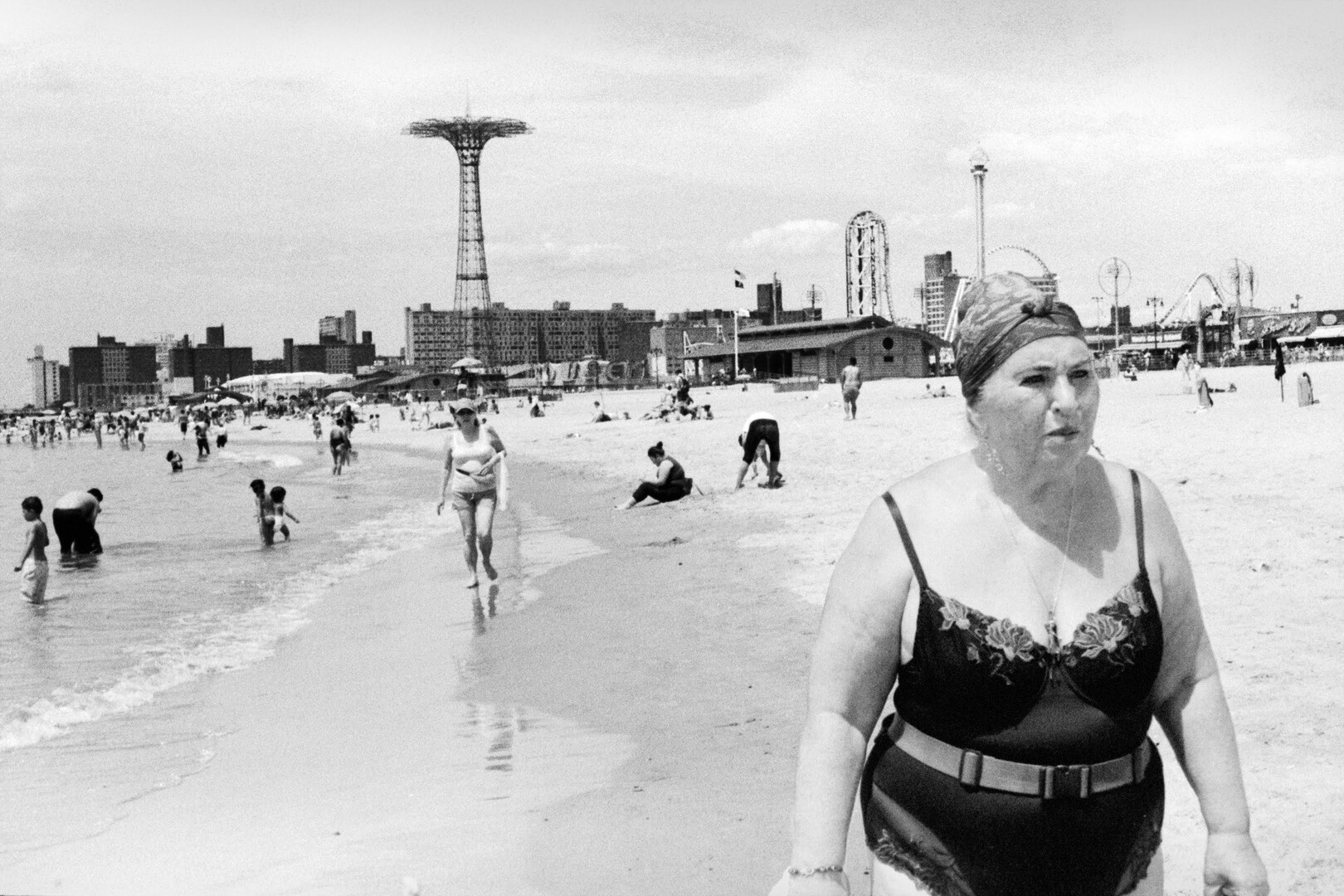Time to Think About Your Boiler Again
Given the time of year, we thought it would be helpful to have some advice about your boiler from someone who knows what he’s talking about, Jon Cataneo of Gateway Plumbing. Heating season is here. Many homeowners are thinking about upgrading or replacing their old heating boilers and don’t have a clue what to look…


Given the time of year, we thought it would be helpful to have some advice about your boiler from someone who knows what he’s talking about, Jon Cataneo of Gateway Plumbing.
Heating season is here. Many homeowners are thinking about upgrading or replacing their old heating boilers and don’t have a clue what to look for. Incentives are being offered to consider a conversion from fuel oil to natural gas and large rebates are available for efficiency upgrades. Here’s a quick primer that may help to sort through some of the products you’re likely to find in our area.
When it comes to boilers, you’ve got several choices.
Hot water boilers come in all ranges of efficiency these days from the standard 80% like these common makes and models:
• Burnham Series 2
• Weil-McLain CGa
• Peerless 63
All the way up to a very high 95% (and sometimes even higher):
• Triangle Tube Prestige
• Burnham Alpine
• Weil-McLain Ultra
In most cases, boilers starting in the mid-efficiency range of 84%-88%…
…require a special type of exhaust (flue) pipe and a dedicated air-intake to be brought in from outside and connected directly to the unit. Most often, the flues of these boilers must be vented either through a side wall or by extending the specialized exhaust pipe up through the chimney and rising out of the building’s roof. While this adds considerable cost to the installation, and renders your chimney unavailable to a standard water heater, The Code and boiler manufacturers tell us that these flue terminal points cannot be within a two-foot diameter of a building opening such as a door or window. So in an attached Brooklyn or Manhattan home, use of the side walls often presents a problem, be it for Landmarks Preservation, or a simple lack of free space.
Recently, one manufacturer has engineered a mid-efficiency 85% boiler, the Burnham ES2, which qualifies for high-efficiency rebates and uses standard chimney venting, but there’s a catch: If you’ve got a masonry chimney made of brick and mortar or stone, you’ve got to have it lined with a metal liner. Beginning about 10 years ago, heating engineers have been pushing for this upgrade across the board as masonry chimneys have received the brunt of blame for many ills where carbon monoxide safety is concerned. This probably stems from statistics revealing Europe, where high-efficiency boilers using engineered venting is the norm, having one CO incident to every five in the US for years.
Steam heating boilers have not and may never achieve the same high-efficiency ratings that hot water boilers have. For this reason, homes with steam boilers have far fewer options. Smaller rebates and incentives are available for steam-heating equipment exceeding 82% efficiency, which is met by boilers having both an automatic vent damper and electronic ignition system, so look for these features if you’re trying to qualify for a rebate. Just know they’re not for everyone.
For years there has been considerable debate over the cost of maintaining steam boilers with those sophisticated efficiency devices versus the expected savings possibly achieved by slightly reduced fuel use, but a smart heating contractor will explain the benefits and pitfalls of both systems to you. Electronic ignition systems inevitably fail with greater frequency than the standing pilot-light type and while the replacement parts not only cost plenty, they are typically only found at plumbing supply distributors as opposed to common hardware stores.
In addition, automatic vent dampers add considerable complexity to the otherwise simple wiring harness of a steam boiler, rendering troubleshooting breakdowns somewhat out of the skillset of many plumbing contractors.
Once a boiler is selected, a method of heating water for domestic use is the next thing to think about. Gas or oil fired, tank-type water heaters have proven themselves to be good enough over the years but efficiency was never their thing. Because they have a flue-pipe connected to the chimney, they are constantly loosing the heat they store (just as most standard boilers do) as air enters the bottom of the unit and rises through the tank and the chimney. This heat-robbing air flow is constant and nearly unavoidable in a residential unit.
A much better way to make hot water is to use your boiler to circulate heat through a radiator in a tank, called a heat exchanger, which warms the water you use in your sinks and showers. This is called an indirect water heater and the U.S. Department of Energy agrees it may be the least expensive means of providing hot water in the long term and are offering rebates of several hundred dollars if you have one installed in your home.
Perhaps most importantly when selecting a new or replacement boiler is to know that each piece of equipment has an installation manual listing that product’s particular tolerances. The installer must observe these requirements or you’ll be setting yourself up for a lifetime (the boiler’s) of headaches while efficiency and savings may never be realized. Not every boiler is suited to every home and product selection is sometimes a tedious process. Due diligence should be a professional’s job, but you should have some idea of what you’re getting for your money. After all, high-efficiency has never come cheaply.





Hey MP, thanks for the post. One question…
“but there’s a catch: If you’ve got a masonry chimney made of brick and mortar or stone, you’ve got to have it lined with a metal liner.”
So, wouldn’t it then be just as easy, easier in fact, to run a PVC exhaust up the chimney like some other mfgrs specify?
Ringo,
Check out NYSERDA’s website. NYSERDA is a state agency devoted to promoting energy conservation. The site has tips for both selecting a boiler and in installer.
http://www.getenergysmart.org/EEProducts/HeatingCooling/Boilers.aspx
If you want to pursue it further, they also have a program that subsidizes the cost for an energy audit of the whole building and for the installation of energy efficient equipment.
We didn’t used to, but now do. We’ve expanded our circle over the summer.
MP,
Do you service Bed-Stuy? More specifically Macon and Stuyvesant Ave area?
Thanks
Nice web site Master Plumber.
Mvster Plumber, I wasn’t sure if you’d take these small jobs, I’ll call for a quote.
Sedonie thanks also for your response!
Hi – questions here. I own a studio in a co-op and have my own boiler. I know this is unusual, but it’s just the way my co-op is. Not sure what the exact model is (could look when I get home), but it appears very similar to the gray ones above (although only one unit, gas powered).
Anyway, I’ve lived there since January but have never had to care for my own boiler before. So, what sort of steps should I take? Should I have National Grid perform some kind of energy audit (do they do this?), and should I get someone in to clean it and perform basic maintenance?
Also, the radiator in my bathrooom (long and low to the floor) looks very beat up…could this be affecting effeciency?
Any help appreciated as I’m totally new to this sort of thing.
I was kinda hoping this post would prompt you nice people to call my own company, Gateway Plumbing & Heating, for such things…
I guess it doesn’t always go that way! 😉
Any questions? Post ’em here, please!
Re John Hancock’s post: I also have a Natural Gas Hot Water Boiler system, in a 3-story Brownstone. Over the years, we have tried a few different folks to do that job, with varied results. When we first bought the house, we used Vigilante. They are very expensive, but they guarantee their work. Then we took out a contract with Brooklyn Union for $140/year (now National Grid)- they seemed to have done a sufficient job, but when the guy came back to do it the next year, all he did was turn on the system, dust around the top of the boiler a bit, & sit in his van for a long time. So now we use a local heating & plumbing guy – Bautista from A&B Mechanical Heating – it’s hard to get him to come on time, but he does good work at a reasonable price, and he’s honest and won’t overcharge you.